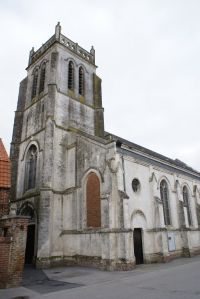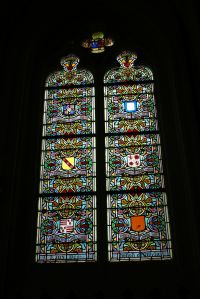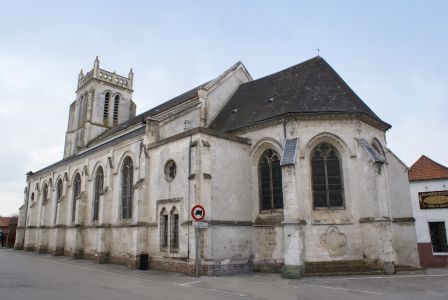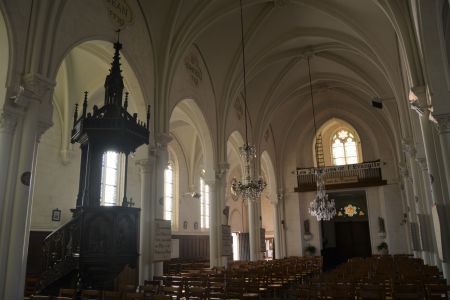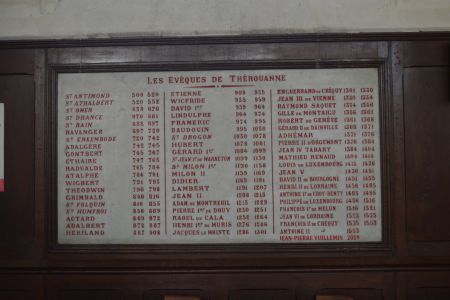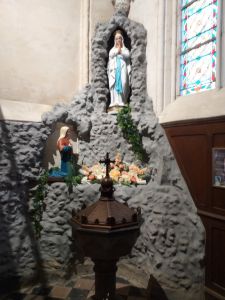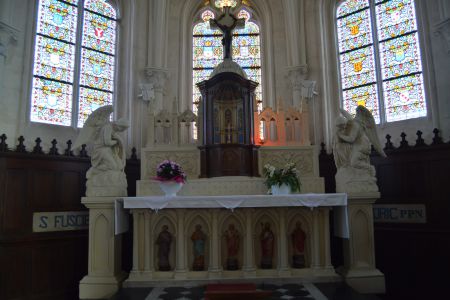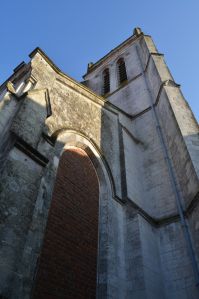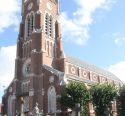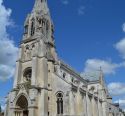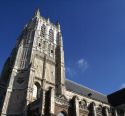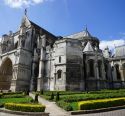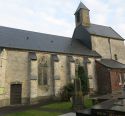Church | 1860 | Neoclassical | Catholic Church




Map
Opening hours
01 January - 31 December
Mon 8.00 - 19.00
Tue 8.00 - 19.00
Wed 8.00 - 19.00
Thu 8.00 - 19.00
Fri 8.00 - 19.00
Sat 8.00 - 19.00
Sun 8.00 - 19.00
Description
The most famous bishop was Saint Omer. In the 16th century, Charles Quint had the town and its cathedral, situated on the slope rising to the west, to the north of the Lys, completely destroyed, only the rood-screen is left. This was transferred to a church in Flanders, as was the Grand Dieu of the porch, now to be seen in the church of Saint Omer. For two centuries, this church was the cathedral, replacing that of Therouanne.
The small actual church, in the neo-gothic style was built on the site of an older church, and has neither the dimensions nor the decoration of the destroyed cathedral, but tells the local Christian history and possesses many riches : stained-glass windows, remarkable statues, liturgical furnishings, and on the walls can be seen a marble yearly list of the bishops from 500 until 1553, more than 1000 years of continual Episcopal presence. Another curiosity is the list of abbots of the abbey of Mont St. Jean (a Benedictine abbey) and of Clarques, (Prémontré monks). The first was built in 686 and destroyed in 1553. The second was founded by Milon 1st, bishop of Therouanne in the first half of the 12th century and destroyed during the French revolution, 700 years after its foundation. These two places were to be found to the west of the cathedral, one a few hundred meters away and the other in the village of Clarkes, northwards. This concentration of religious sites shows the importance of Therouanne during the Middle Ages. To explore this town is to discover a page of the history of France.
The recent opening of an archaeological centre permits the appreciation of the major periods of the community, due to the remains uncovered on the site of Therouane, which has become a place of memory and is situated a few steps from the museum in a public garden.





